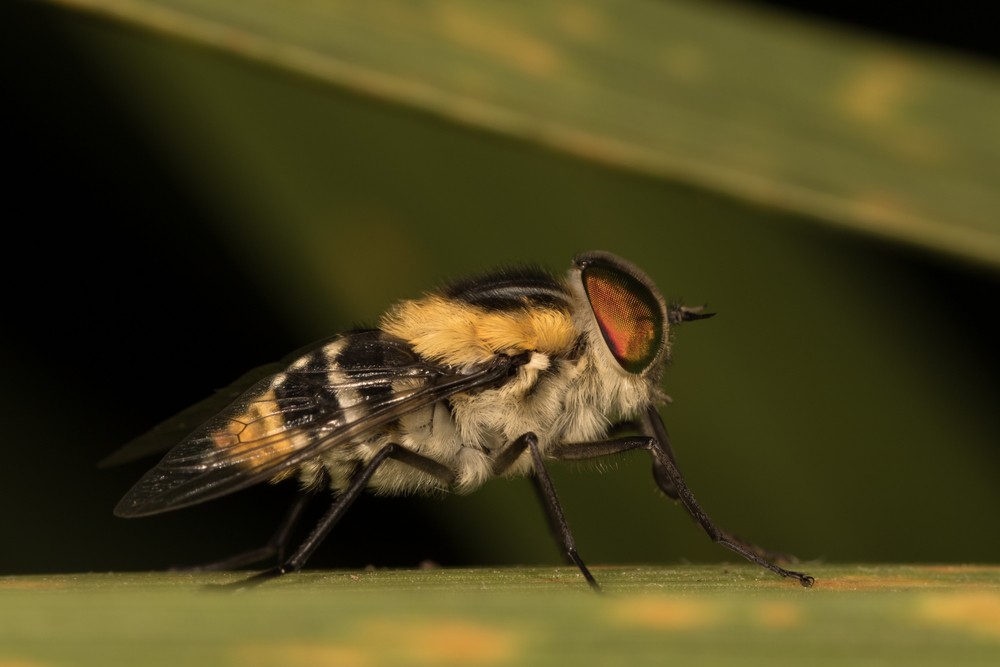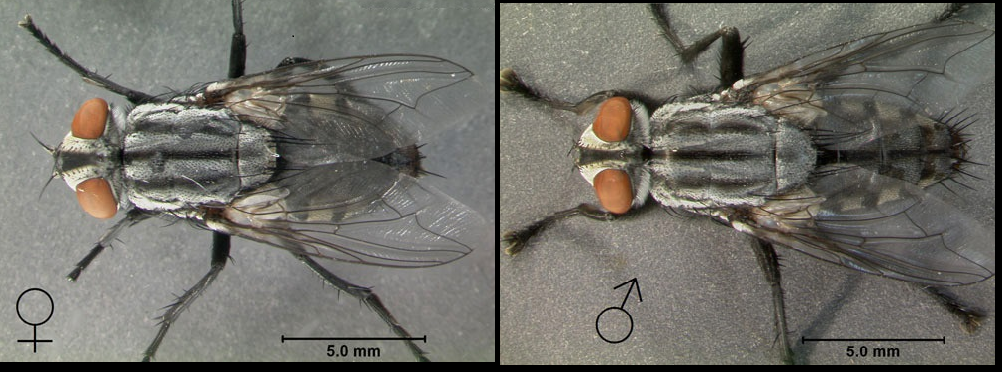Assuming garbage management is not a problem the next best guess is an animal carcass somewhere in your wall voids attic or some other unfrequented or inaccessible part of your home.
Horse flies in my attic.
Therefore fly paper fly strips and bug zappers are of no value.
And the easiest entrance is usually through external gaps leading to your attic.
By instinct they seek shelter away from the elements such as in the fall when it gets cold.
They do not feed indoors but sometimes enter homes on accident through open windows and doors.
These pests can detect humans by movement color or carbon dioxide output.
The most effective way to get rid of attic flies is to make sure that they stay outdoors.
To keep horse flies out of your home make sure there are no tears in your window and door screens and treat all entry points like doors and windows with ortho home defense max indoor insect killer with extended reach comfort wand.
Unlike more familiar blow flies such as the bluebottle genus phormia they do not present a health hazard because they do not lay eggs in human food.
Use sticky traps in barns and near your house to catch flies already entering the area or place scented traps 50 to 75 feet away.
Naturally your house is warmer.
Female horse flies feed on the blood of humans and other animals while the males do not feed on blood.
It kills listed insects on contact and creates a 365 day bug barrier to keep them out.
Unfortunately there is little that can be done for flies already inside the attic and walls.
Trapping horse flies often is more effective than zapping them.
House flies will breed in feces garbage or other rotting organic material.
They are attracted to fruits and other sugary foods.
When a rat squirrel bird or other animal dies it doesn t take long for a blow fly or house fly to zero in on the carcass where she proceeds to lay eggs.
Spraying the exterior of the house with insecticide can also be effective.
Allow me to slip on my lab coat and drive deep into some science y stuff.
Place traps around attic windows to catch flies.
Musca domestica are perhaps the most common of all flies encountered indoors but they are also abundant outdoors.
Thus the common name they have of attic flies.
Most commonly they move from the ground to your attic for the winter when it gets cold.
Space sprays and fogs into the attic have little if any affect as the flies are usually under insulation or deep in cracks and crevices.
Cluster or attic flies are the genus pollenia in the blowfly family calliphoridae.




























